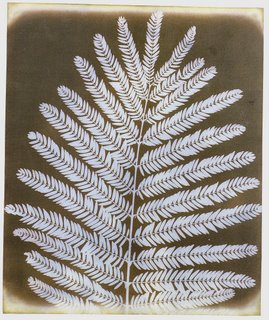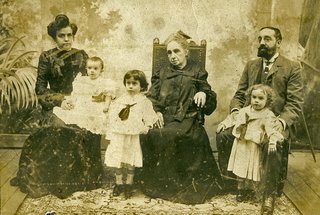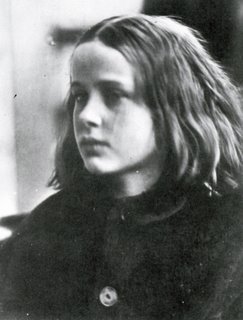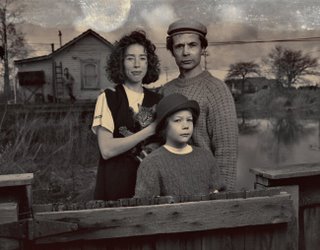Thinking Inside Of The Box - The Old & The New
Friday, September 26, 2008

I have written here before how my approach to photography is an awareness and a concern with three dimensions. Today I teach my third class (out of 10) History of Photography at VANarts. Instead of hearing me in a long three hour lecture I am throwing them into a studio with the idea that they must immerse themselves in the early 19th century of photography. For a week I have been thinking about it and trying to see what 17 students with high-end digital cameras can do. Since some are beginners they still don't know the ins and outs of their equipment.


In this blog I have thrown in a mixture of really old family photographs (my family) taken in the 1880s with some old photographs of that century plus some fresh "old" pictures that I fixed up last night as I wrote this. Most of the solutions involved include putting hard copy (photographs on paper) on to my scanner or modifying with colour shifts such as Photoshop sepia toning of regular b+w photographs.
 |
| Captain Beefheart |
But how to do this with a digital camera? Much has been written and said about thinking outside of the box. In this case my students, for some of the tricks, will have to think within the box that is their camera. They will take pictures in a studio without artificial lights. Perhaps they will place their cameras on tripods and try to use very long exposures so that their subjects will stiffen in an effort not to move.
 |
| Annie my first success by Julia M Cameron |
I believe that the ultimate palette is limited if all one can do is to work within that photographic box.
 |
| My mother |
After much thought I have found a solution which I will try to impart to my class. Many of my photographs with only small tweaks look like old photographs. Why is this? It has to do with the posing of my subjects. It is important what I ask them to do with their hands and how they stand or sit. The lighting can be modern but the rest borrows from the posing of the 19th century. I will see if this solution is indeed a solution today.
 |
| Rebecca & the agave |
 |
| Finn Slough |
Image: Scanned fern, upper left, Alex W-H September 25 2008
Image: My ancestors, Barcelona 1888
Top Right: Botanical specimen, photogenic drawing negative 1839 Henry Fox Talbot
Below left, Captain Beefheart, Alex W-H Vancouver 1982
Below (oval) My mother 1919
Right in b+w: Annie My First Success, January 1865 Julia Margaret Cameron
Below left: Finn Slough, Richmond, Alex W-H 1997
Rebecca and agave, Queen Elizabeth Park, Alex W-H 2004
And last: Guatemalan weavers, María and Dominga, Vancouver, Alex W-H 2002
 |
| Guatemalan weavers |






